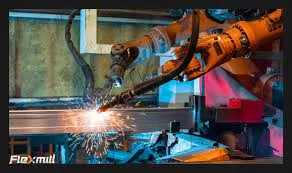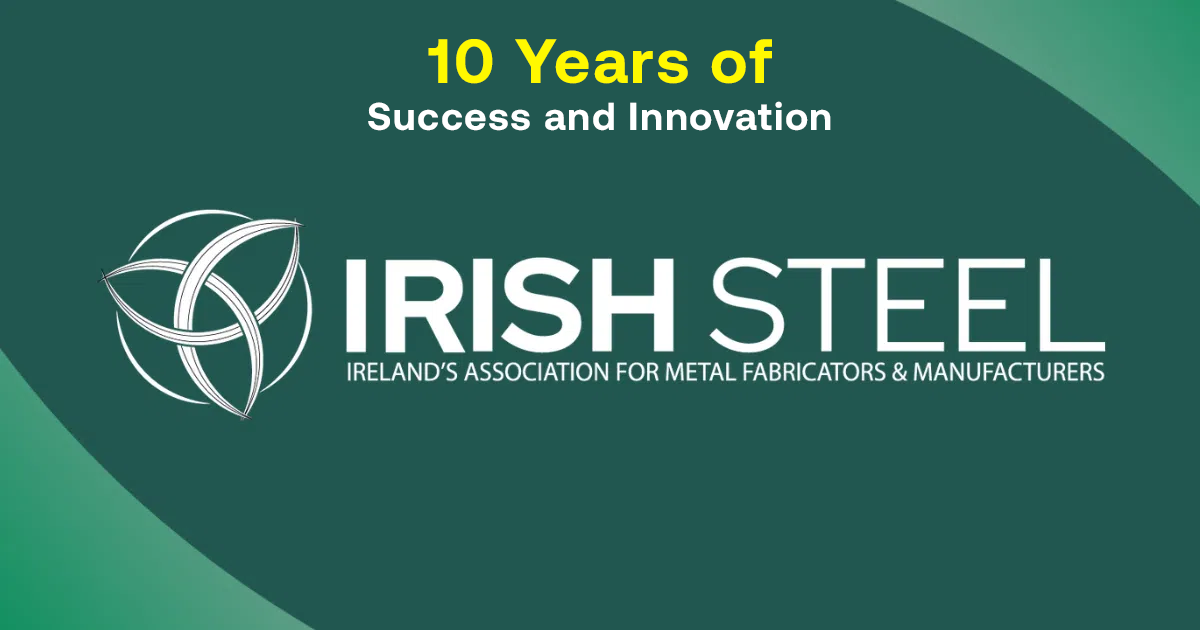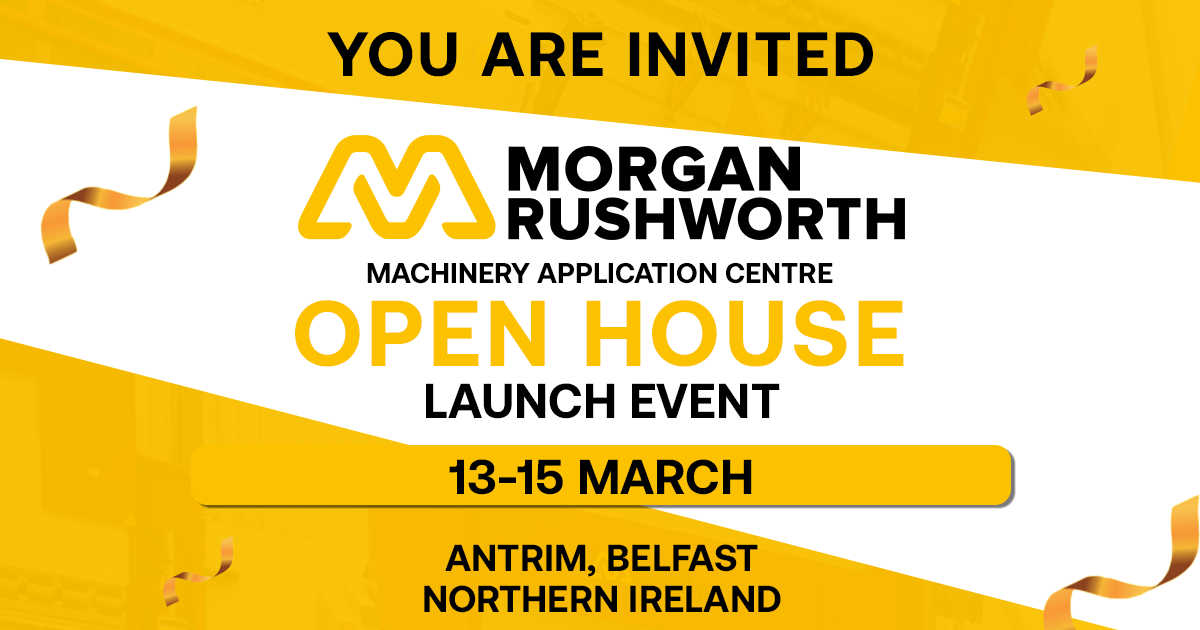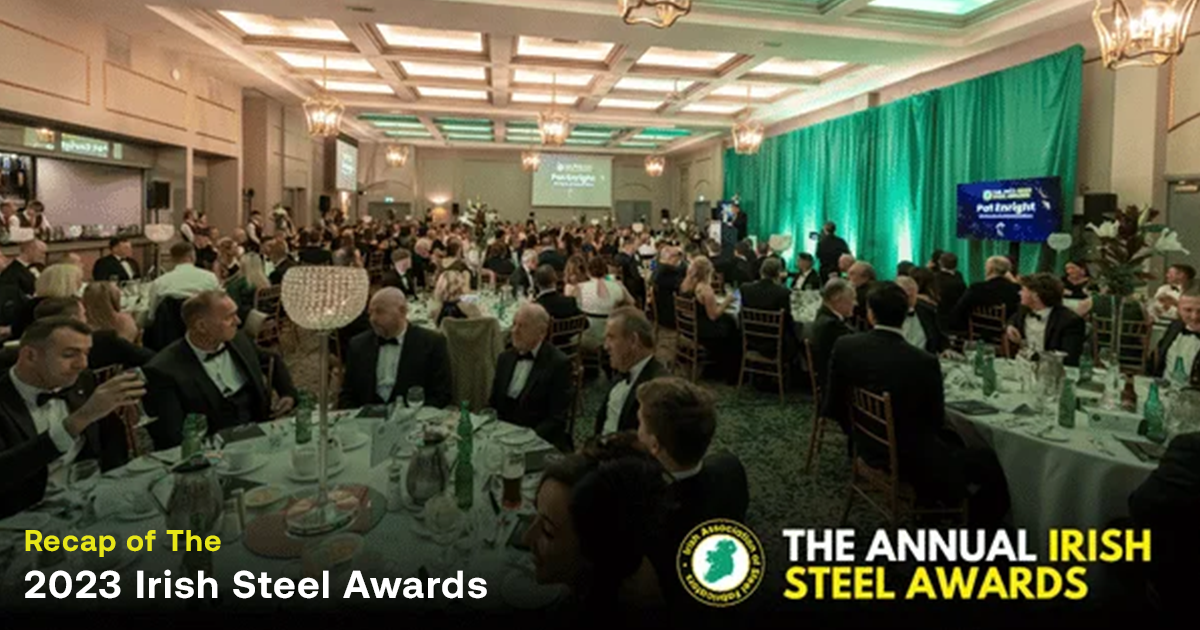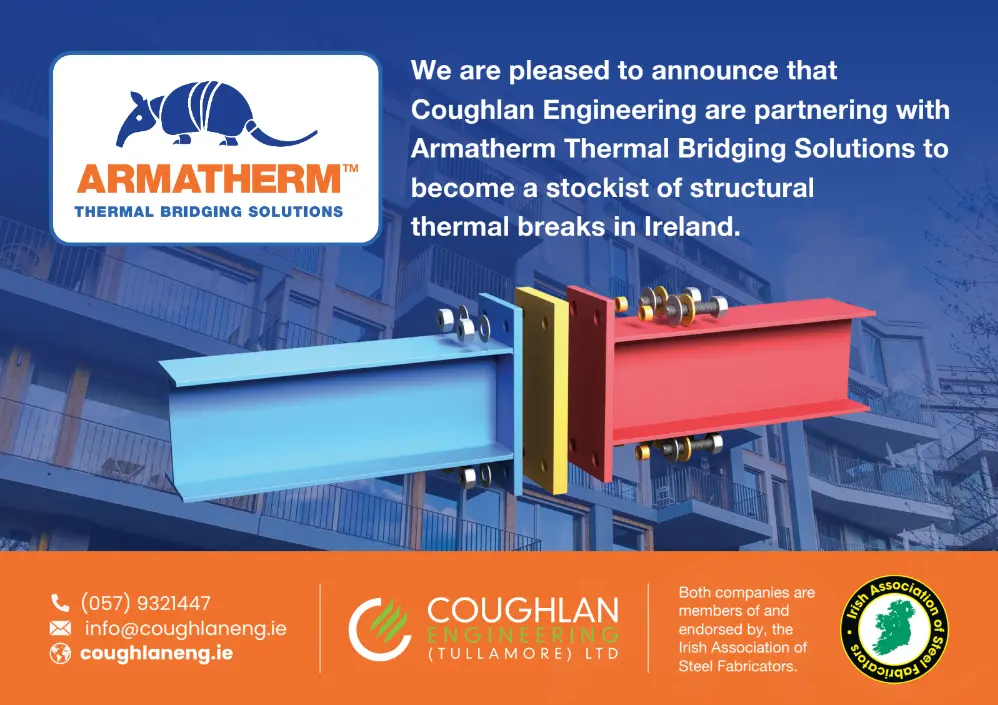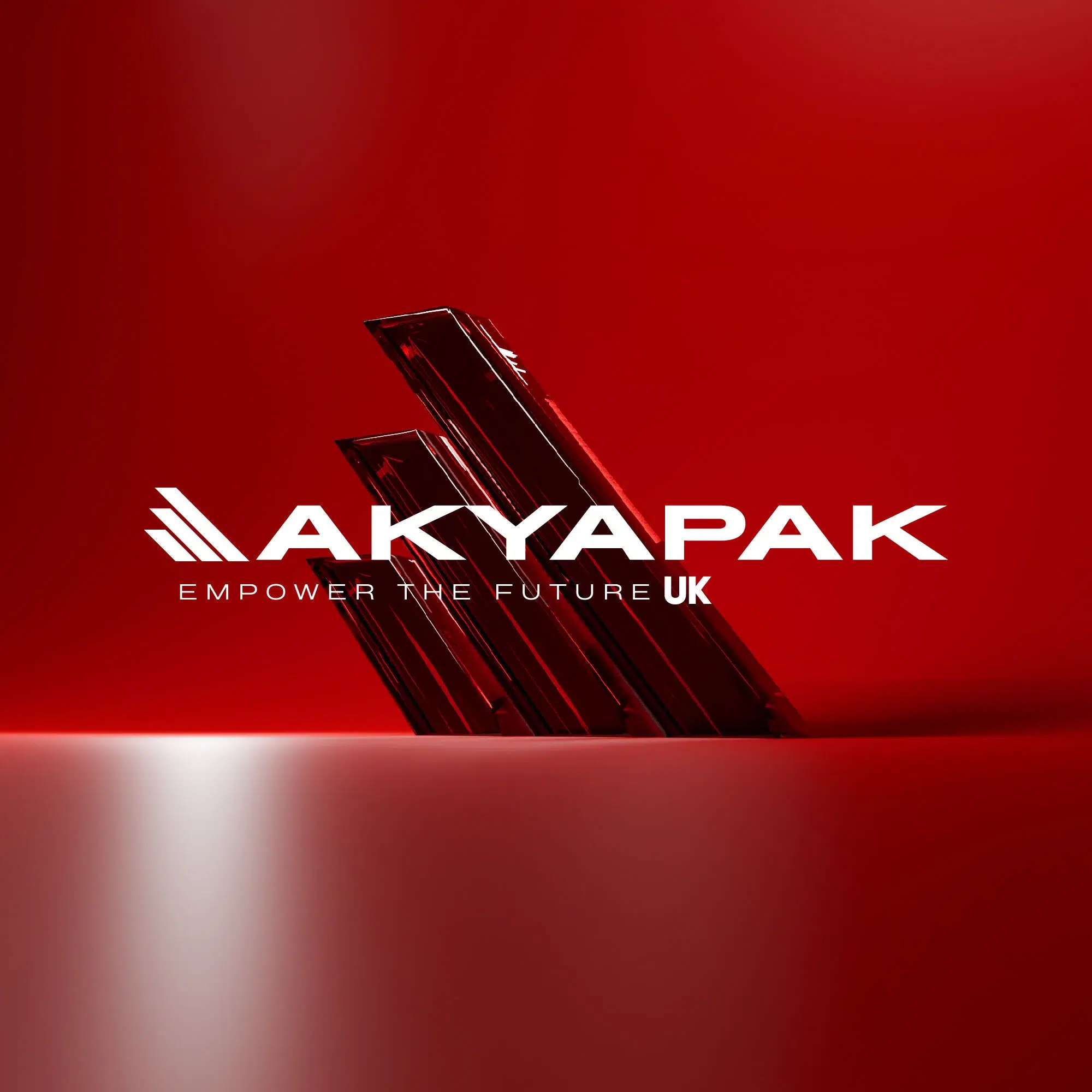
What is Plasma Cutting?
Plasma Cutting is the first form of cutting that was developed in the 1950s as an alternative to flame cutting. Plasma cutting involves firing a superheated, electrically ionised gas, such as plasma out of a nozzle at high speed toward the work piece. This creates an electrical arc within the gas.
The electrical arc ionises some gas, creating a plasma channel that is electrically conductive. The heater torch sends electricity through the plasma and, as a result, enough heat is generated to melt the workpiece. By using compressed gas and plasma, the molten metal is blown away, resulting in the separation of the work piece.
What is Laser Cutting?
Laser Cutting
With this thermal cutting process, oxygen, nitrogen, and compressed air laser is used along with a computer-directed high-power laser to burn, melt, vaporise, or blow away the material being cut.
Laser emissions are generated from a tube and received by mirrors reflected from it. For cutting or engraving, the laser beam is focused on the surface of the material by a lens inside the head. CO2 and fibre lasers are commonly used.
Metal Cutting Comparison:
Laser Cutting vs. Plasma Cutting
Laser cutters perform cutting using a focused beam of light, as opposed to plasma cutters which utilise gases and an electric arc to carry out their work.
High-definition plasma cutters cannot handle some cutting jobs; for example, a plasma cutting task requiring finely detailed saw blades (this type of job will require a laser cutter).
Laser cutting offers a much higher level of precision than plasma cutting.
Plasma cutting machinery requires a lower investment than laser cutting machinery.
Using fibre laser cutters to cut thin sheets of metal is highly effective for cutting all kinds of metals. Copper, brass, and aluminium cannot be cut with CO2 lasers since these materials have highly reflective surfaces.
Laser cutters have the ability to cut, engrave, and weld, whereas a plasma cutter is limited to cutting.
Plasma cutters require more energy than laser cutters and aren’t as fast at cutting metal as laser cutters. Therefore, laser cutters are more environmentally friendly.
A laser cutter is not quite as efficient at cutting thick materials as plasma cutters, and can often only cut materials that are up to 25mm thick. Metals of up to 80mm thickness can generally be cut with plasma cutters.
How do I decide which machine is right for me?
Material Thickness & Material Types are important factors to consider.
Laser cutters have higher accuracy and consistency, while plasma cutters are more versatile and require less capital investment.
A laser cutter is generally suitable for parts those have tight tolerances and need high-precision cuts or that are thin or medium in thickness.
A plasma cutter is commonly used for: parts made from metals with a high degree of reflection, parts made from thicker materials, or parts with simple shapes.
In Conclusion:
Comparing the metal cutting methods, Laser and plasma cutting methods are both capable of cutting metal. Nevertheless, they function differently, as explained previously. The laser cutting process makes use of amplified laser light, whereas the plasma cutting process uses plasma.
Depending on the cutting requirements of your project, we can help you to decide upon the most suitable cutting machine. We can introduce you to equipment suppliers and companies that use these machines and hear first-hand from the operators.
Both Plasma & Laser have vastly developed over the past 4-5 years and technology has totally moved on.
Further reading:
Reasons for considering Laser:
Cutting is the most basic and widely used process in metal fabrication. Laser cutting is the principal technology used to undertake such jobs because of its many advantages over other methods. Any tube section, such as box sections or open channels, can be laser cut using tube laser cutting.
In many cases, laser cutters don’t only cut but are also being capable of being used as a marker. When manufacturing everyday products, marking has a number of applications. Laser cutting does have a few downsides as well. So let’s explore those great qualities and disadvantages more closely.
What Are the Laser Cutting Advantages?
Flexibility:
There is no necessity to change tools for each separate cut. The same setup can be used to cut a wide variety of shapes with the same thickness of material. Additionally, intricate cuts are not a problem.
Precision:
It has a number of advantages over other thermal cutting methods, including its accuracy. It provides high accuracy without the need for any after-treatment since the accuracy is +/-0.1 mm. Typically, such a high standard does not require any extra tolerances.
Repeatability:
A tolerance of 0.05 millimetres ensures almost identical parts.
Speed:
Compared with mechanical cutting, laser cutting is a lot faster. Particularly when cutting more complicated shapes. Up to around 10mm, it is faster than other thermal cutting methods like plasma and flame cutting. However, the exact advantage gained depends on the power of the laser cutter.
Automation:
Modern laser cutting machines are highly automated, so the job can be accomplished with little manpower. It requires an experienced operator, but the resulting quality and safety are much higher. Laser cutting machines leave only a very small burr when setup correctly. Often, it is not even necessary to remove it. Since less manual labour is required, the cutting process results in a lower manpower costs compared to other cutting methods. Laser cutting typically has only a small heat affected zone. Smaller HAZ areas result in more predictable and reliable parts as the material microstructure along the HAZ changes.
In many cases, machines are equipped with feed systems as well as follow-up conveyors. Laser cutting machines are far more expensive with such setups, however the gains enabled by handling automation pay back swiftly. There are many factors to consider, such as the thickness of the material, etc.
What are the Laser disadvantages?
In spite of being used to produce parts in almost every industry, laser cutting does have some disadvantages. There are several factors to consider before using laser cutting, including experience requirements, metal thickness limitations, cost, and hazardous fumes.
Thickness Restrictions
When compared to other thermal cutting methods, laser cutting cannot handle plates that are very thick. The maximum suitable thickness varies depending on the available machinery and the knowledge of the operator. The average tolerance for laser cutting steel is between 15 and 20 mm.
Cost
It is possible to buy laser cutting equipment for more than €1 million, typically twice the price of waterjets and plasma cutters. In the long run, however, the lower costs of running the system and the process efficiencies compensate for the large initial investment.


